Xiaomi Pocophone F1 Review
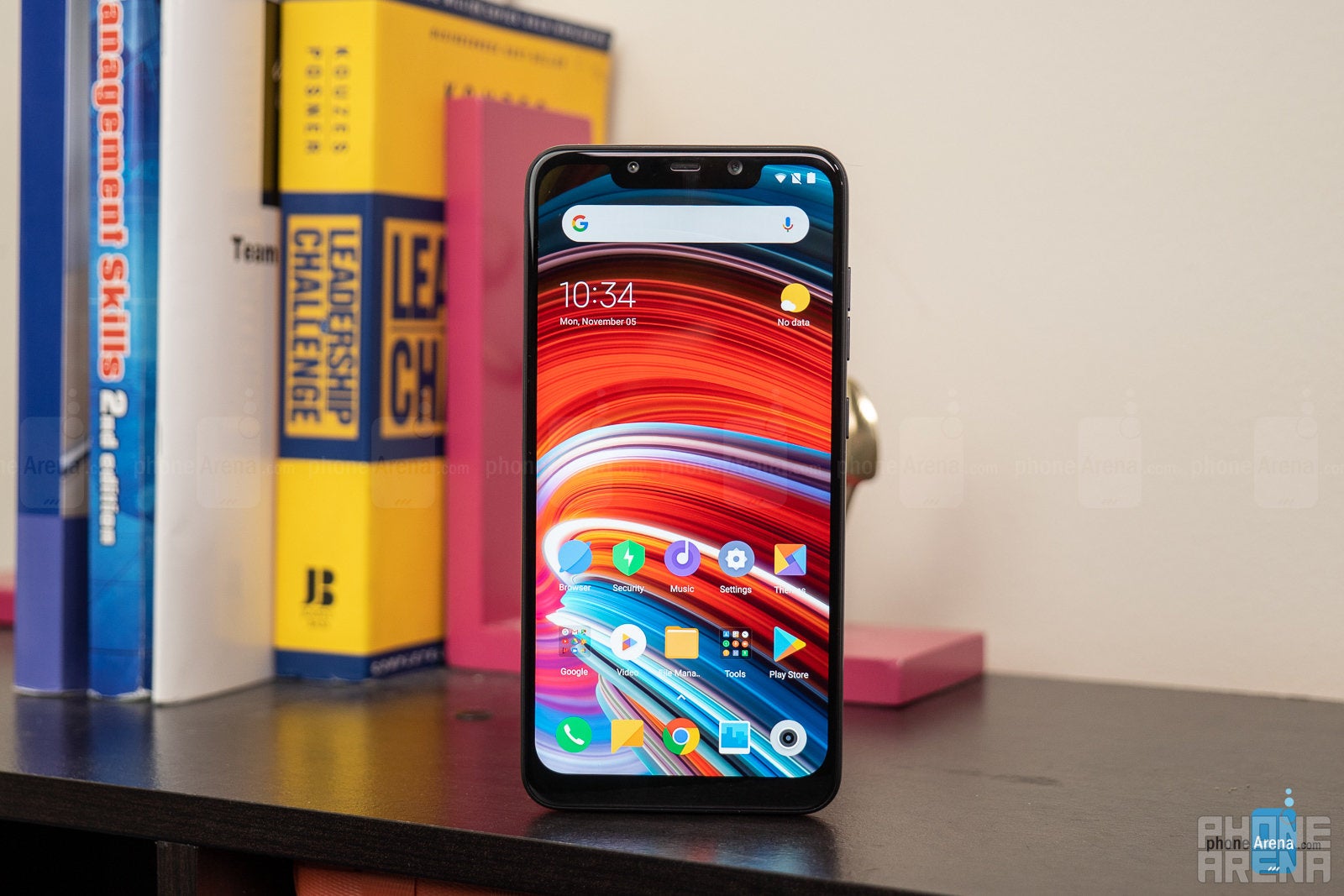
No one likes it when things become more expensive to purchase. In the smartphone world, increases in prices are all too familiar and it’s a trend that’s unlikely to stop – ever. And that’s partly why Pocophone, a sub-brand of Chinese tech company Xiaomi, was able to make such an impression when it announced the Pocophone F1 not too long ago. The phone stole the spotlight away from the mainstream competition with its flagship-grade hardware specs and irresistible starting cost of around $350 – besting even what OnePlus offers.
Before we proceed on, you should know that the Pocophone F1 is not available in the US – and importing one wouldn't be a good idea, mainly because it doesn’t support many of the LTE bands used by US carriers. Then again, we were curious to see what US consumers are missing on, so we spent some time with an F1 to find out.
In the box:
- Pocophone F1
- USB Power Adapter
- USB Type-C Cable
- SIM Eject Tool
- Clear Soft Case
- Users & Safety Guides
Design
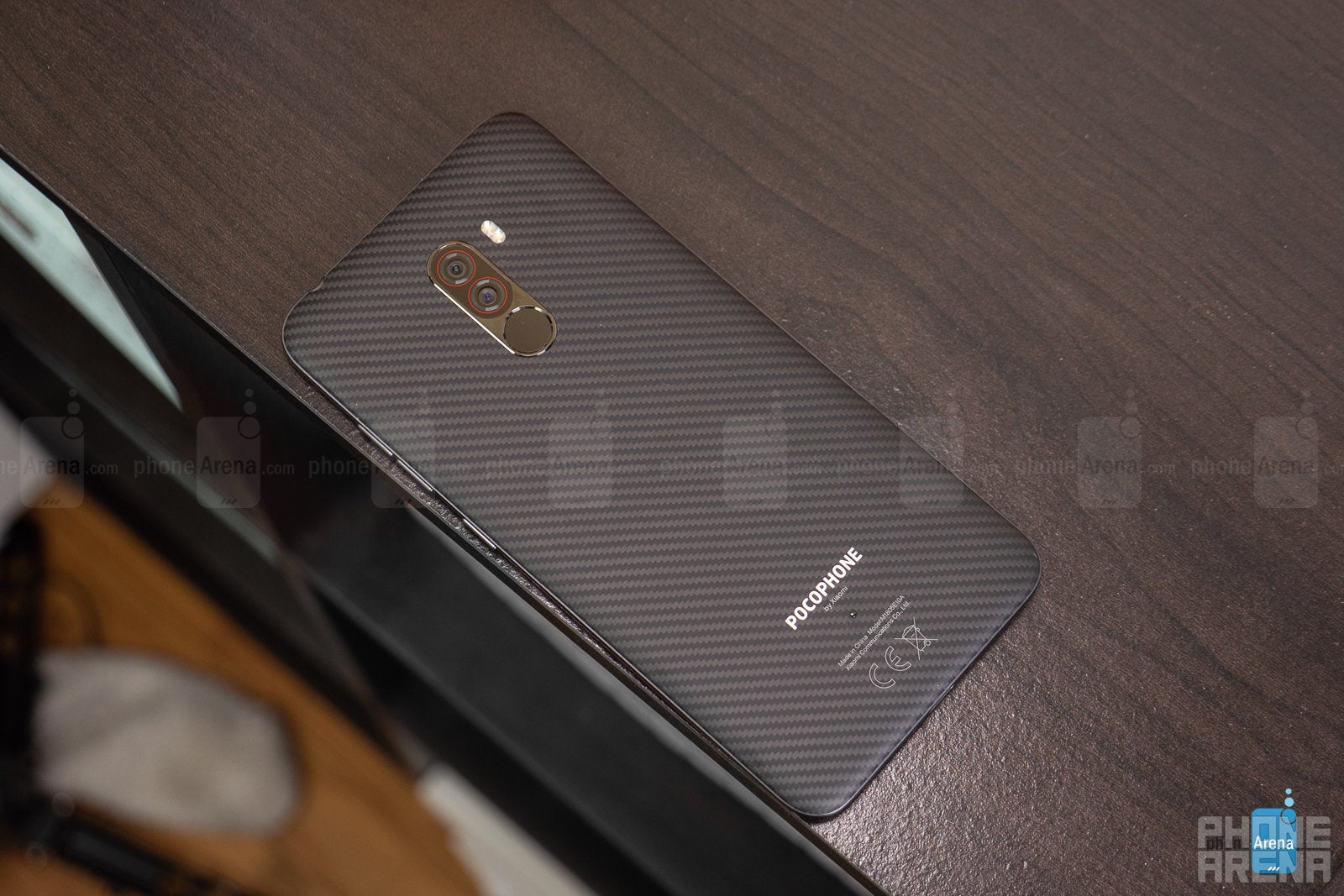
Display

Interface and functionality
Being a Xiaomi-made smartphone, the Pocophone F1 runs a tweaked version of the company’s MIUI 9.6 interface on top of Android 8.1 Oreo. The experience covers the basics without being overly complicated by redundant features.
Favoring a minimalist styling, the US also has the option for a gesture-based interface, and functionally, it is very similar to what you'd find on an iPhone X. This alternative method of navigation frees up valuable screen space and feels all sorts of futuristic. Such a change it isn’t for everyone, of course, which is why we see classic on-screen buttons enabled by default.
The software is accompanied by bloatware from Xiaomi’s stable. Take for example the “Drop” app, a file transferring service, which can’t be uninstalled. But at least these additional apps are not as pervasive as some of the bloatware that US carriers typically package in with their phones.
Processor and Performance
One of the most amazing things about the Pocophone F1 is that it leverages the Qualcomm Snapdragon 845, which is rather surprising given its cost. This is the very same chip powering much more expensive phones, including the Galaxy Note 9 and the LG V40. Combined with 8GB of RAM, it’s no surprise that the Pocophone F1 screams ferociously with its snappy performance. There’s definitely a sense of speediness here with its response, which rivals even newer Android phones like the Pixel 3/3 XL. Over on the graphics processing side, it’s more than capable of delivering steady frame rates – thanks to its LiquidCool Technology that keeps the phone relatively cool while gaming.
Camera
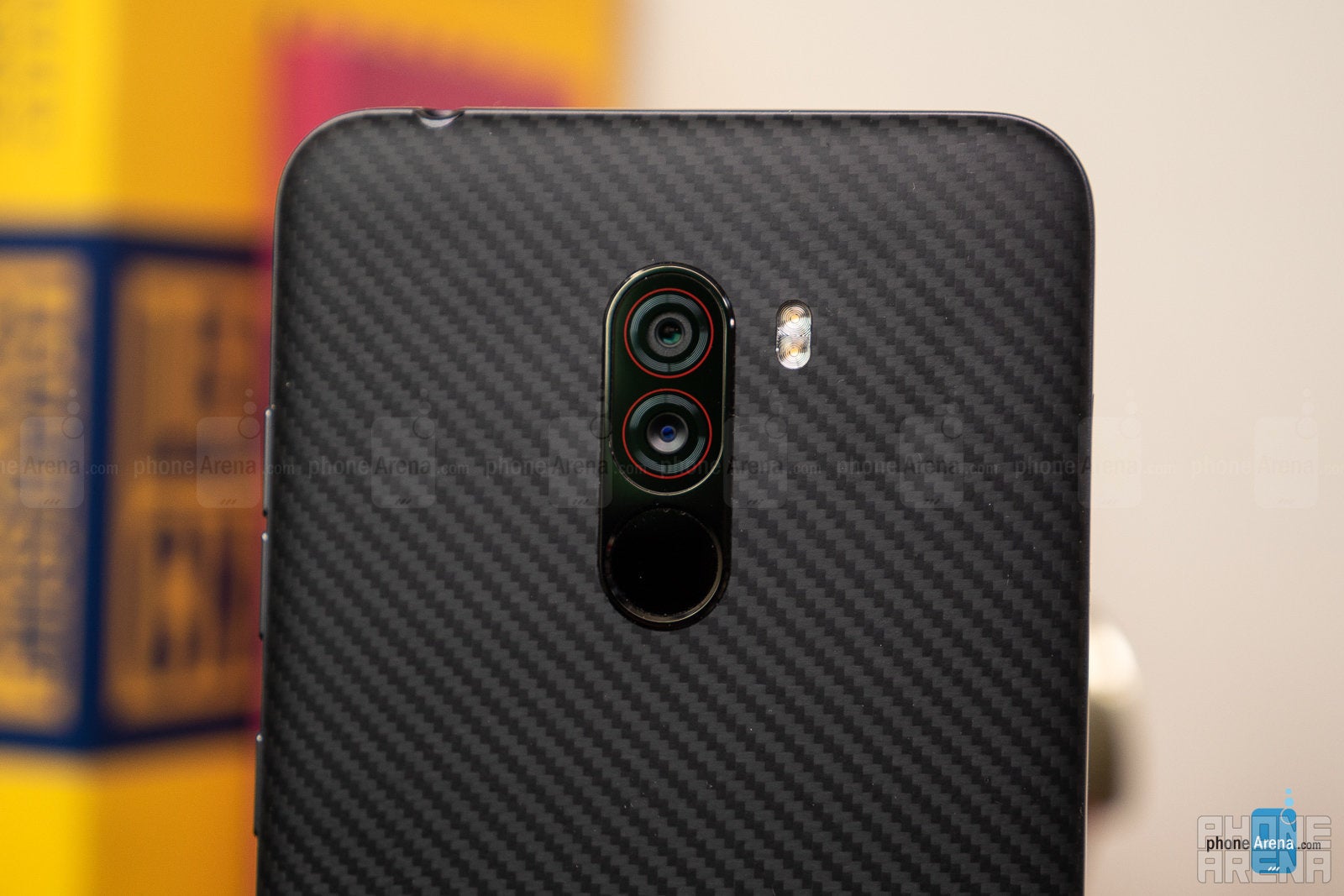
Similar to other “AI” implementations we’ve seen, the AI camera will intelligently detect the scene and try to deliver “optimal” results. The camera interface covers all the basics, covering modes such as panoramic, portrait, and even a manual mode. For most users, the camera interface suffices with its mixture of modes.
Image Quality
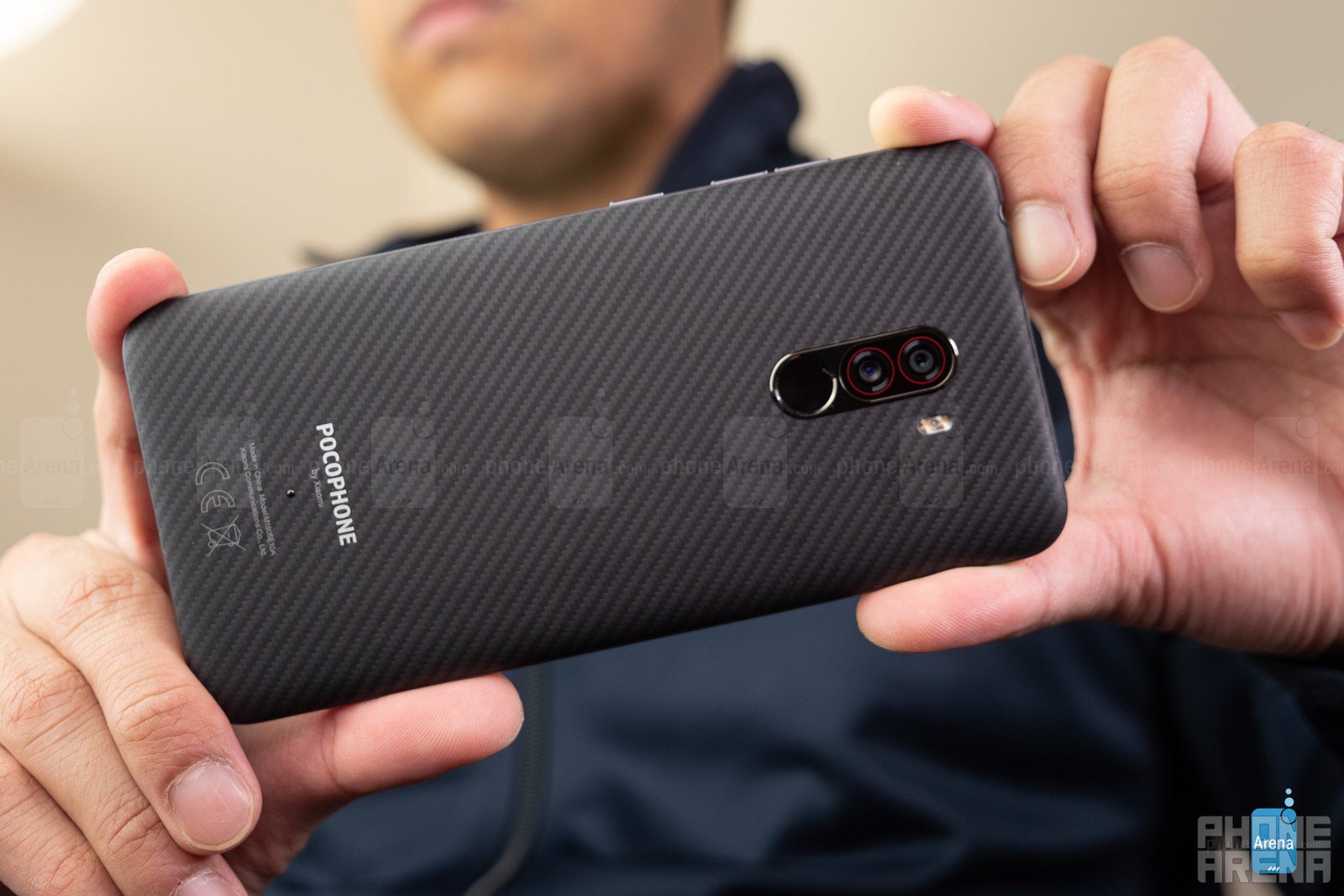
With the AI camera mode turned on, photos under good light get enhanced with a boost in color saturation – whereas with it off, images appear a little under exposed and flatter in tone. In our experience, we got the best results with AI camera mode on. In low light, however, having AI on or off doesn't make much of a difference.
Selfies absolutely get a boost thanks to that 20MP camera! Not only are selfies sharp, highly detailed, and exhibit punchy colors, but portrait mode with the front-facing camera does an amazing job of separating faces from the background.
Video Quality
Wow! Again, we weren’t expecting results this good, but that’s reality. With 4K 3840 x 2160 capture, videos are accompanied by sharp details, but colors tend to be a bit more saturated in tone. Lacking OIS, the camera stabilizes 1080p videos electronically, but 4K videos lack stabilization – even though the confusing camera settings menu may lead you to believe otherwise. Low-light videos are much noisier, as expected, but are usable.
Battery life
Impressively enough, Xiaomi is somehow able to pack in a high-capacity, 4000 mAh battery into the Pocophone F1, which is remarkable because its dimensions match very closely those of the OnePlus 6. And not surprisingly, the phone delivers outstanding battery life, achieving a time of 10 hours in our custom battery benchmark test. Real-world usage is also impressive, typically leaving us around the 40% mark by the end of the night. Equally satisfying is its speedy 115 minutes recharge time, which is pretty quick given the capacity we’re dealing with here, but don’t expect to find wireless charging.
Call Quality
Conclusion
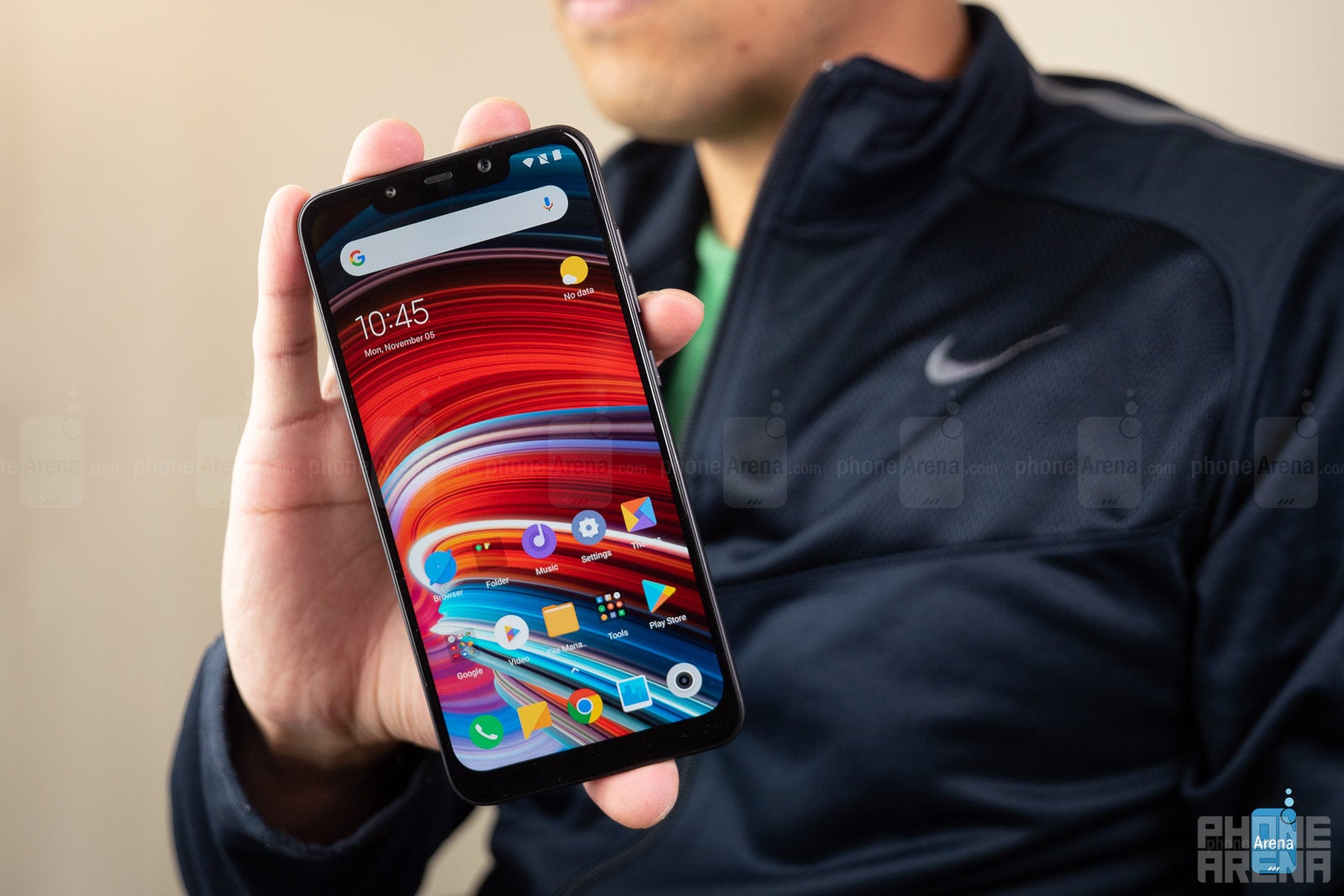
Xiaomi’s Pocophone F1 is one of those sleeping giants hiding in the shadows, just waiting for that opportunity to strike down the competition. Seriously, there’s a lot going for this phone that overseas can be had for the equivalent of about $350, which is bonkers for a phone featuring a Snapdragon 845. Adding to that is how it performs very well in a variety of areas. From its speedy processing performance to the better-than-expected snapshots its cameras capture and long-lasting battery life, the Pocophone F1 is a remarkably well-rounded budget smartphone.
From a US buyer's perspective, however, things don't look as rosy. The Pocophone F1 is not officially sold in the US, and even if you import one and manage to get it working on your carrier, you won't be getting good – if any – LTE coverage. But in markets where it's officially sold, this is one value-rich smartphone. Needless to say, it’s a valiant first effort and we’re already eager to see what its successor will be able to deliver.
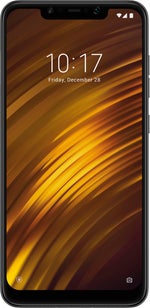




























Things that are NOT allowed: